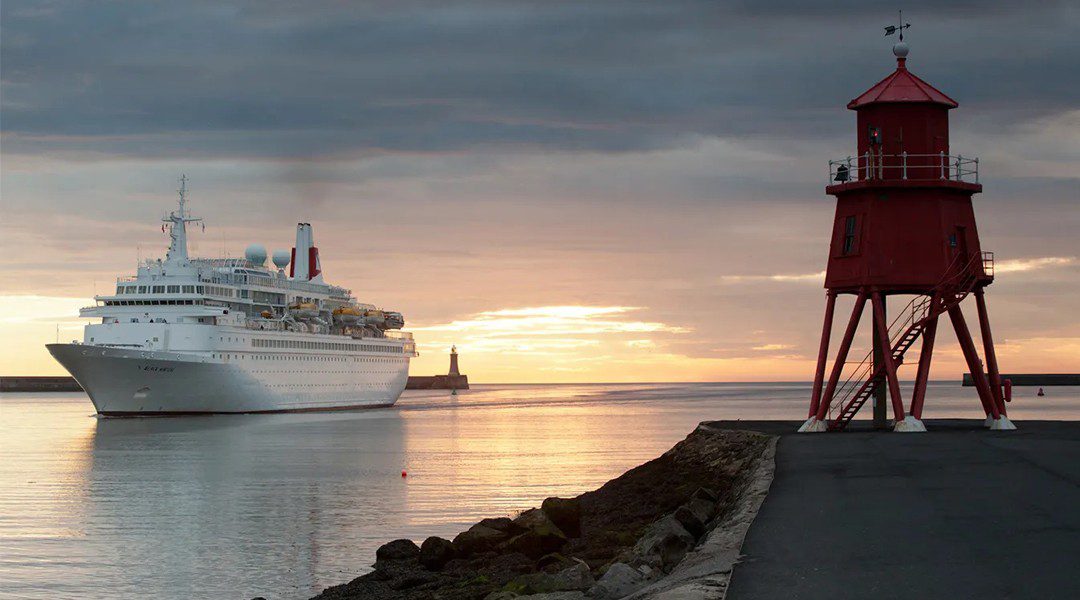Mayflower Autonomous Ship (MAS) 400 arrived in Halifax, Nova Scotia, Canada on
June 5th, completing an Atlantic crossing and becoming the largest unmanned
craft to complete such a journey.
“The
journey she made across was arduous,” said project director Brett Phaneuf and
founding board member of ProMare the non-profit maritime research organization
that led the effort. He noted that the AI technology that navigated the craft had
functioned, although they had experienced “intermittent, low-level failures”,
which prompted the decision to divert to Canada and end the voyage with a tow
into Halifax. “We decided not to tempt fate”, he said.
The MAS 400
sailed an estimated at 3,490 miles in 40 days, which included an unplanned
two-week layover in the Azores after certain mechanical failures. After tests
and refuelling, the voyage resumed.
However, when
the vessel was within 1,000 miles of North America, it began to experience
additional power problems, forcing the vessel onto backup systems. Halifax,
Nova Scotia, was selected as a port of refuge. After clearing a heavy storm,
the team decided to take up an opportunity and had a Dominion diving vessel
meet up with the Mayflower and tow it the final 186 miles.
While the vessel
did not reach its intended target of Washington DC, the team said that the trip
had taught it “a great deal about designing, building, and operating a
ship of this nature and the future of the maritime enterprise.”
The project
started in 2016 with the goal of reducing the cost of marine data collection
through artificial intelligence. Following two years of design, construction,
and AI model training, the Mayflower was launched in September 2020. A 2021
attempt at the crossing was aborted after just three days, due to the failure
of a power coupling.
The team will
conduct additional testing to diagnose the current problem and make repairs.
After a stay in Halifax that could last up to three weeks, they hope to sail to
Massachusetts and later on to Washington DC. The Mayflower will remain in the
US






